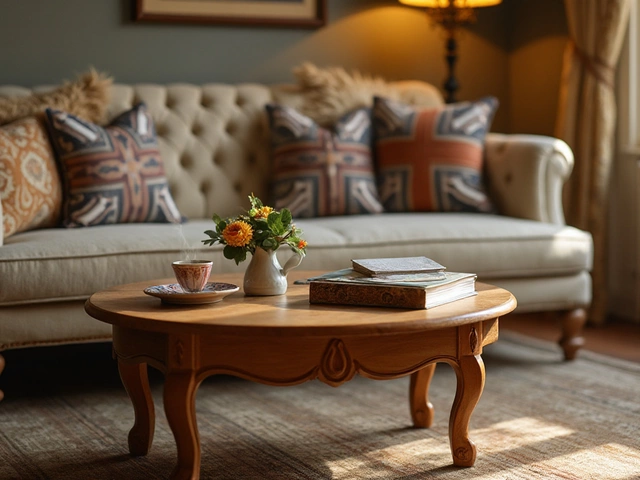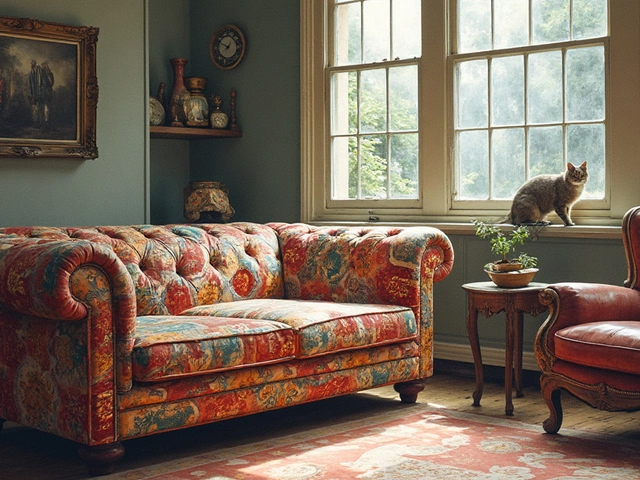Insurance Essentials for Your Furniture: Protect What Matters
Got a sofa, a wooden table, or a set of custom cabinets? Those pieces cost money and hold memories, so you’d want to keep them safe. That’s where furniture insurance comes in. It isn’t just another bill – it’s a safety net for accidents, theft, and unexpected damage.
Why You Need Insurance for Your Furniture
Most people think their home insurance covers everything, but the truth is a bit more specific. Standard home policies usually protect structural parts of your house, not the furniture you bring in. If a fire, flood, or burglary hits, you could end up paying out of pocket to replace your beloved items. A dedicated furniture insurance add‑on fills that gap.
Think about the common risks:
- Accidental damage: spills, scratches, or a heavy footstep that cracks a table.
- Theft: a break‑in can take away a high‑end sofa or a set of antique wardrobes.
- Natural events: water leaks, storms, or frost can warp wood and ruin upholstery.
All these can add up quickly. With the right coverage, the insurer helps you replace or repair, so you don’t have to dip into savings.
Choosing the Right Coverage
Start by listing the pieces you own and their approximate value. Custom pieces often need a separate appraisal because they’re worth more than average furniture. When you talk to an insurer, ask these questions:
- Does the policy cover accidental damage, or only theft and fire?
- What is the deductible? A lower deductible means higher premiums, but you’ll pay less when you claim.
- Are there limits per item or a total cap for the whole claim?
Look for a policy that lets you add a “personal belongings” rider – it’s often cheaper than buying a stand‑alone plan. Some insurers also offer discounts if you bundle furniture coverage with your home insurance.
Don’t forget to keep receipts, photos, and any professional appraisals. They speed up the claim process and prove the value of your items. If you store furniture in a garage, a storage unit, or a climate‑controlled space, make sure the policy covers those locations too.
Finally, read the fine print. Some policies exclude certain types of wood or fabric, or they may not cover damage from insects or mold unless you take preventive steps. Knowing these details helps you avoid surprises later.
Bottom line: furniture insurance isn’t a luxury, it’s a smart move for anyone who’s invested in quality pieces. By understanding the risks, checking your current home policy, and picking a tailored add‑on, you keep your home looking great and your wallet protected.



